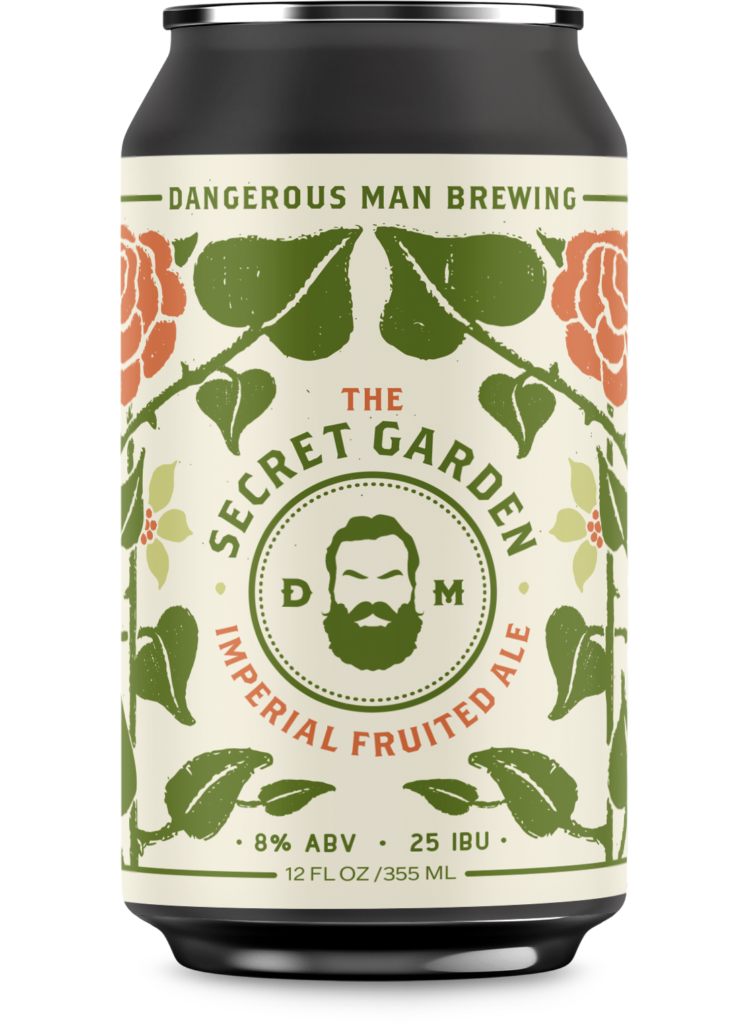
Dangerous Man is looking mighty fine with a Single Hop Series #3: Citra IPA in hand. Ambrosia was too good for the gods. We figured we’d borrow some from the mount up high and share it with you all, our beloved Minneapolis community.
Citra is a popular, much-hyped hop since its release in 2007. It was developed by the Hop Breeding Company of Yakima, Washington and has made significant headway in the brewing world with its use by Sierra Nevada in its Torpedo Extra IPA and Three Floyd’s Zombie Dust. It is know for its high myrcene content which helps to showcase the hops citrus, and tropical fruit aromas and flavors. Often there are notes of gooseberry, lychee, mango, and other tropical fruits which helps to blend with the sweet malt and make the beer brighter, and crisper. The Citra was added a total of five different times, and is featured prominently as a late hop and as a dry hop ensuring the strong flavor and aroma everyone is looking for.
Developing new hops is a time intensive process. It takes upwards of ten years to properly develop and cultivate a new hop variety that is hopefully guaranteed to sell. Citra has lineage in several very prominent hop strains including: Hallertauer Mittelfrueh, U.S. Tettnanger, East Kent Goldings, Bavarian, Brewer’s Gold, and a few other unknown hops. Hop researchers and scientists have to ensure a consistent flavoring, a resistance to disease so that it can be cultivated in large quantities, and that breweries are willing to buy it. We’ve seen an expansion in hop varieties lately because the craft boom of the 1980′s helped to pave the way for a need for different hop varieties not being bought up by the large industry breweries, but also reflected the craft beer environment and the uniquely American way of brewing beer.
Each persons palate and genetic tasting structure is different, albeit based on the same model (duh, we’re all humans). The Citra hop has been notorious in being able to showcase just how variable human taste perception can be. Where some find lychee and mango, others find “catty” aromas and flavors, where others find a spiciness similar to rye. There is something for everyone to find in this beer, and it definitely is a good way to start understanding how you perceive hop flavorings. As the beer world continues to shift towards being more open about which hops and malts they use in each particular beer, you as a customer, with your great understanding of how your palate can work, can find beers that cater to you particularly.













